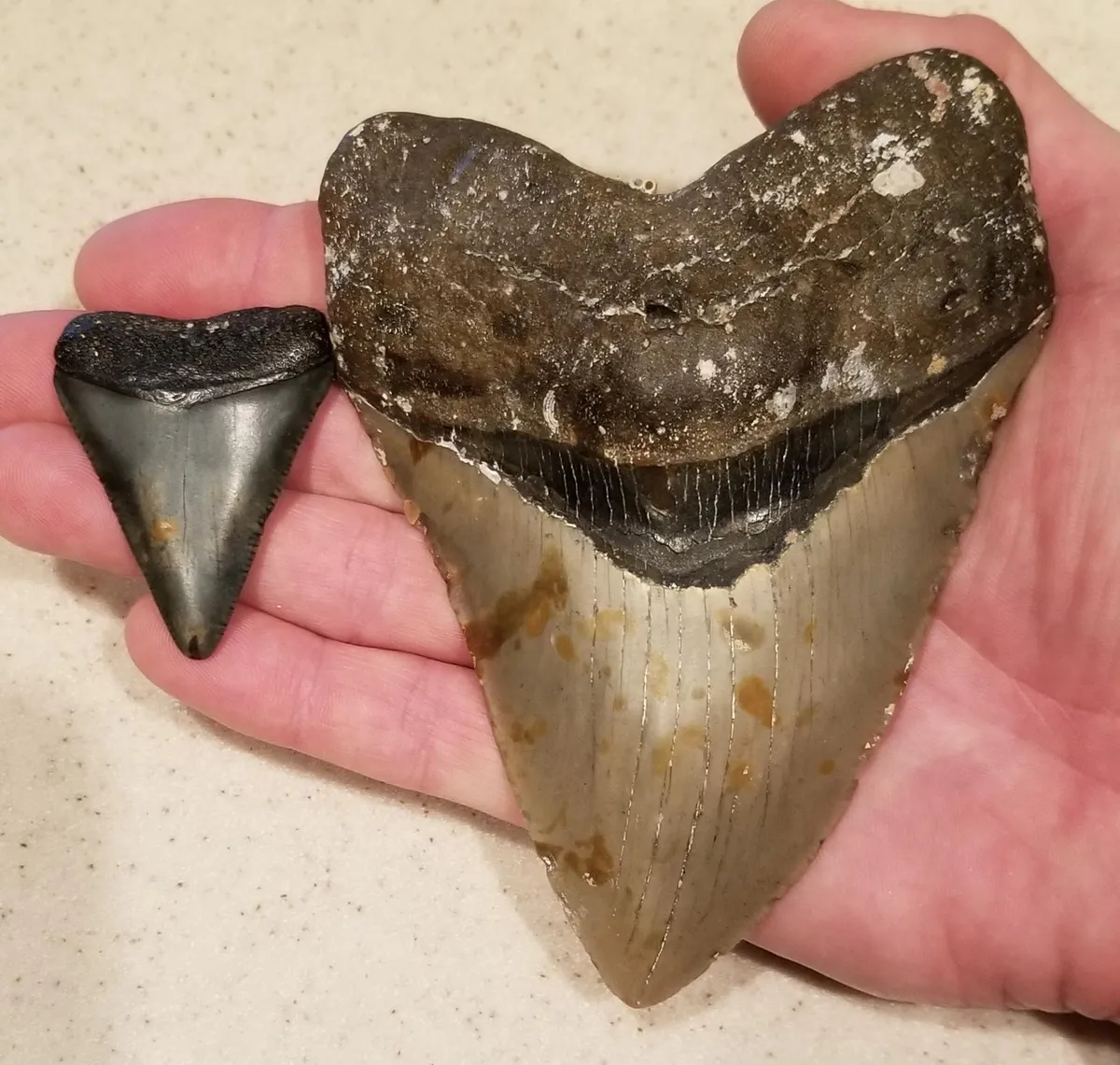With a body around 16m (52ft) long, teeth the size of hardback books and a bite three times as powerful as a T.rex’s, there’s little doubt the megalodon shark was one of the most terrifying creatures to have ever lived. No wonder it has fascinated scientists and storytellers since its discovery in 1835.
But much about the ancient shark has remained a mystery. The reason behind such a successful apex predator going extinct around 3.6 million years ago has proven to be particularly baffling.
Now, a team of environmental scientists based at UCLA, UC Merced and William Paterson University, USA think they have the answer: it was a warm-blooded animal that lived in increasingly colder seas.
“Maintaining an energy level that would allow for megalodon’s elevated body temperature would require a voracious appetite. That may not have been sustainable in a time of changing marine ecosystem balances when it may have even had to compete against newcomers such as the great white shark,” said co-researcher Randy Flores, a UCLA doctoral student.

By analysing the chemical composition of megalodon tooth enamel they were able to figure out that its body temperature was around seven degrees Celsius warmer than surrounding water.
The proportions of different isotopes of oxygen and carbon found in the tooth enamel can be used to estimate the temperature at which they formed. This can then be used to approximate the body temperature of the animal when it was alive.
This is much warmer than that of other sharks known to have lived at the same time and is enough to classify megalodons as warm-blooded.
The giant sharks lived in the Pliocene Epoch, which began 5.33 million years ago and ended 2.58 million years ago. The new evidence suggests that the global cooling that occurred during the Pliocence led to their extinction.
The finding could also help researchers identify at-risk marine species in today’s oceans.
“Studying the driving factors behind the extinction of a highly successful predatory shark like megalodon can provide insight into the vulnerability of large marine predators in modern ocean ecosystems experiencing the effects of ongoing climate change,” said lead researcher Robert Eagle, a UCLA assistant professor of atmospheric and oceanic sciences.
Read more about sharks: